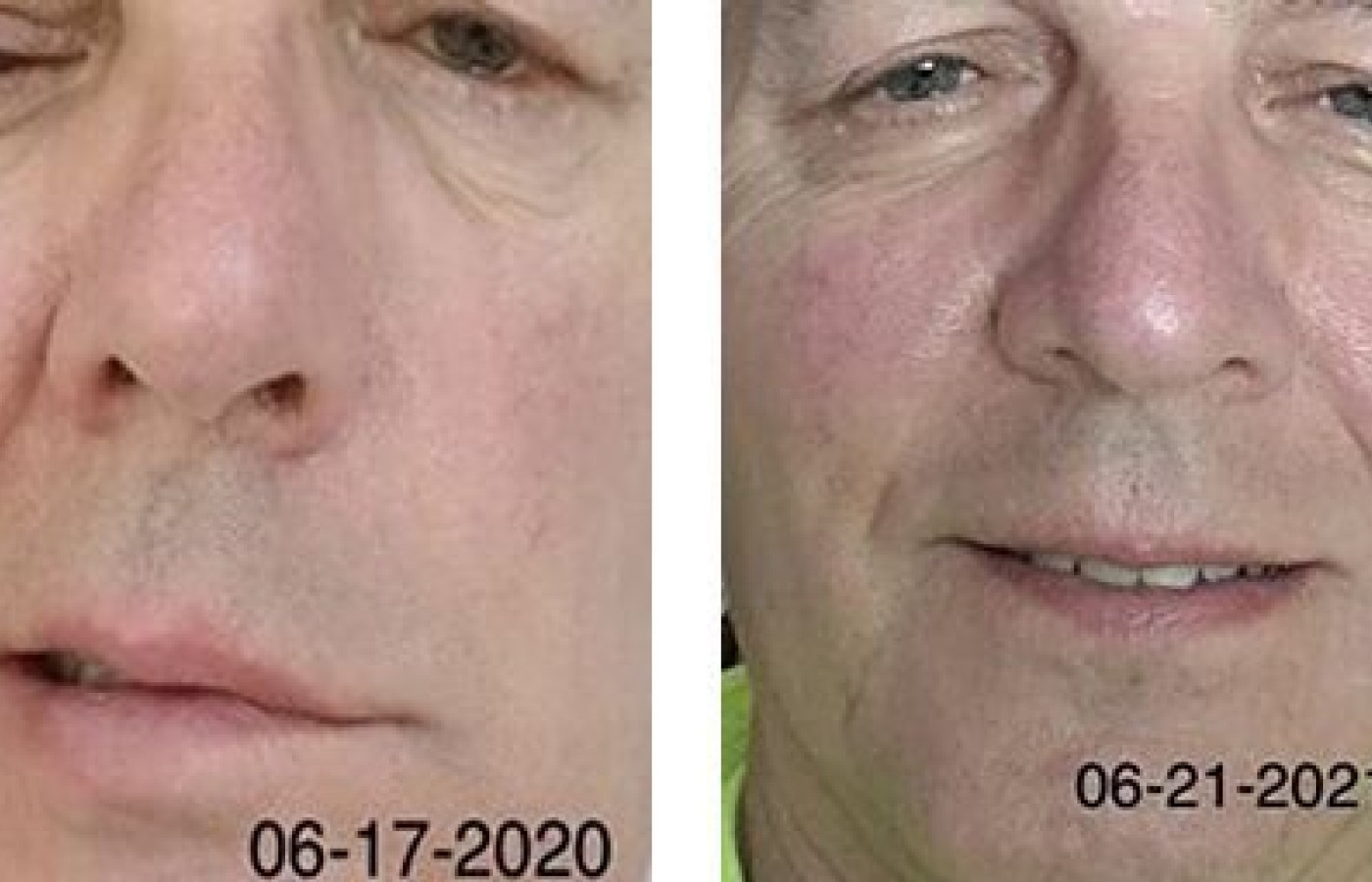Whether you accept it, avoid it or live somewhere in between, insurance coverage has become a defining issue for our profession. Patients increasingly expect to use their benefits, practitioners want to be compensated fairly for their time and expertise, and the system itself remains – at best – fragmented. The encouraging news is that coverage has expanded in meaningful ways. The challenging news is that reimbursement, across the board, remains inadequate.
Acupuncture & Adjunctive Treatments for Ramsay Hunt Syndrome: Case Report
Ramsay Hunt syndrome is quite similar to Bell's palsy, which is caused by varicella-zoster virus infection. The virus attacks the facial nerve geniculate ganglion, causing peripheral facial paralysis. It may take longer than three weeks for the inflamed tissue to subside.1-2
Symptoms and Prognosis
Ramsay Hunt syndrome is characterized by two primary symptoms: 1) painful red rashes with blisters on, in and around one side of the ears; and 2) facial paralysis on the affected ear. The rash and facial paralysis may happen at the same time, one before the other, or without the rash.3
Poor facial function recovery in Ramsay Hunt may affect more than 80 percent of untreated cases, which is worse than for Bell's palsy. Generally, 30 percent of Bell's palsy patients restore facial weakness completely within 1-3 weeks; over 70 percent recover completely within a month. Less than 5 percent have noticeable, long-term dysfunctional facial movement.1
Ramsay Hunt syndrome has a higher risk of permanent nerve injury, with more than 50 percent suffering from permanent residual weakness. Preventing it with early, aggressive medication is strongly encouraged.1
However, even with prolonged medication treatment,15-30 of patients still end up with complications including residual palsy and synkinesis.4 While the published literature on acupuncture treatment for Ramsay Hunt syndrome is limited, by sharing this case I hope to enrich the experience in the use of acupuncture in Ramsay Hunt syndrome.
Case Presentation
A 64-year-old, white, male business owner presented with Ramsay Hunt syndrome. According to the patient, three weeks before the initial visit, he had a shingles outbreak with rashes on the left side of his ear, face and neck. After the blisters went away (within a week), he experienced constant pain, radiating from left occipital area down to the left neck and shoulder, sensitive to touch; "felt like burning." He received antiviral medication, a steroid and gabapentin 600 mg, three times a day; and Tramadol 50 mg and Aleve as needed.
One week before the initial visit, he woke up with reduced motion in the left eyebrow and facial muscle weakness, which then developed into facial palsy on the left side progressively over three days. Due to the pain, he was not able to drive and slept poorly. Pain level: 4/5 to 8/9 (out of 10), hard to ignore, avoided usual activities. He had cravings for food and felt constipated whenever he took Tramadol.
The patient's height is 5'9," weight 210 lbs. His BMI is 31.0. He does not take any other medications, nor does he have any allergies. His gait and demeanor appeared normal. His BP was 129/72 with a pulse of 75. He appeared in good fitness.
Physical exam findings were all within normal limits, with the exception of signs related to Ramsay Hunt syndrome: inability to close left eye, mild redness in left eye with dryness, asymmetrical facial muscle tone, sagging face, asymmetrical smile, pain behind left ear. No hearing loss, no ringing in ears, no sensation of spinning or moving (vertigo), no change in taste perception or loss of taste.
He had never undergone any surgeries or suffered a major illness, He had quit smoking more than 20 years ago He used to drink a six-pack of beer daily, but quit a month before the visit. He was married and gainfully employed. He reported some work- and family-related stressful situations prior to the main complaint, but said he felt that was just part of normal life.
The patient's pulse was wiry at both wrists. His tongue was red with thick yellow, greasy coating. He denied any thirstiness or changes in ability to taste. He had not been able to drive due to the pain shooting down to the neck and shoulder area. His sleep was poor due to the pain. His appetite had been good lately. He denied any difficulties with digestion. Reported difficulty with bowels related to Tramadol use; otherwise normal.
Diagnostic Focus and Assessment
The patient presented with typical symptoms of Ramsay Hunt syndrome: a painful, red rash with fluid-filled blisters around the left ear, followed by left facial paralysis within a week, with inability to close the eye, resulting in irritation, asymmetrical facial muscle tone, sagging face, and asymmetrical smile. He had been under the care of his primary care physician for three weeks prior to acupuncture treatment.
The diagnosis is clear. The prognosis for Ramsay Hunt syndrome is much worse than for Bell's palsy. The risk of having a poor-quality recovery is relatively high based on available information.
The MYMOP [Measure Yourself Medical Outcome Profile] tool was chosen to assist in assessment of the condition, setting up treatment goals and treatment progress monitoring.
Editor's Note: Part 2 of this article (December issue) presents the treatment protocol / timeline, assessment / patient response to care, and key clinical takeaways on managing Ramsay Hunt with acupuncture / TCM in practice (including additional treatment timeline photos). Complete references supporting the citations in both parts accompany part 2.



